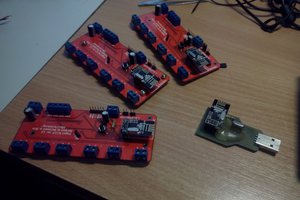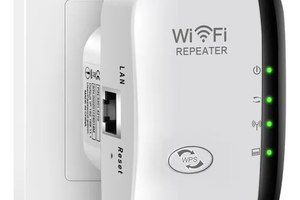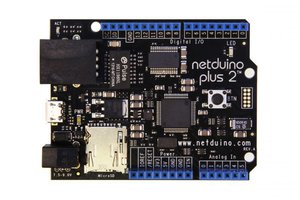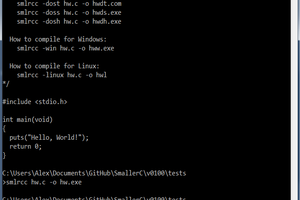Please note, that antares is NOT very newbie-friendly (and not documented as good as arduino is) and is aimed at more experienced developers that know and love the commandline.
Although antares allows you to blink a LED fast and get serial output mostly instantly, its true potential can be unleashed on bigger projects where compile-time configuration gets quite complex. The ability to quickly switch the target architecture, while maintaining the common code base makes switching MCUs for your the next big revision of your project a snap.
Antares does not come with any 'official' development boards - feel free to take any hardware you have around and start with the 'closest' example from examples repository. If the architecture is supported getting stuff to work should be fast and fun. And yes, and did I say that all your favorite arduino, maple, stm32-discovery (f1x and f4x alike) boards are supported?
 Necromant
Necromant






 biemster
biemster
 ziggurat29
ziggurat29
 Alexey Frunze
Alexey Frunze
Wow, I can't believe I never came across this project before. Initial analysis: it looks quite similar-in-concept to mine. Congrats on quarterfinalling last year! Definitely gonna be looking into your implementation, soon!